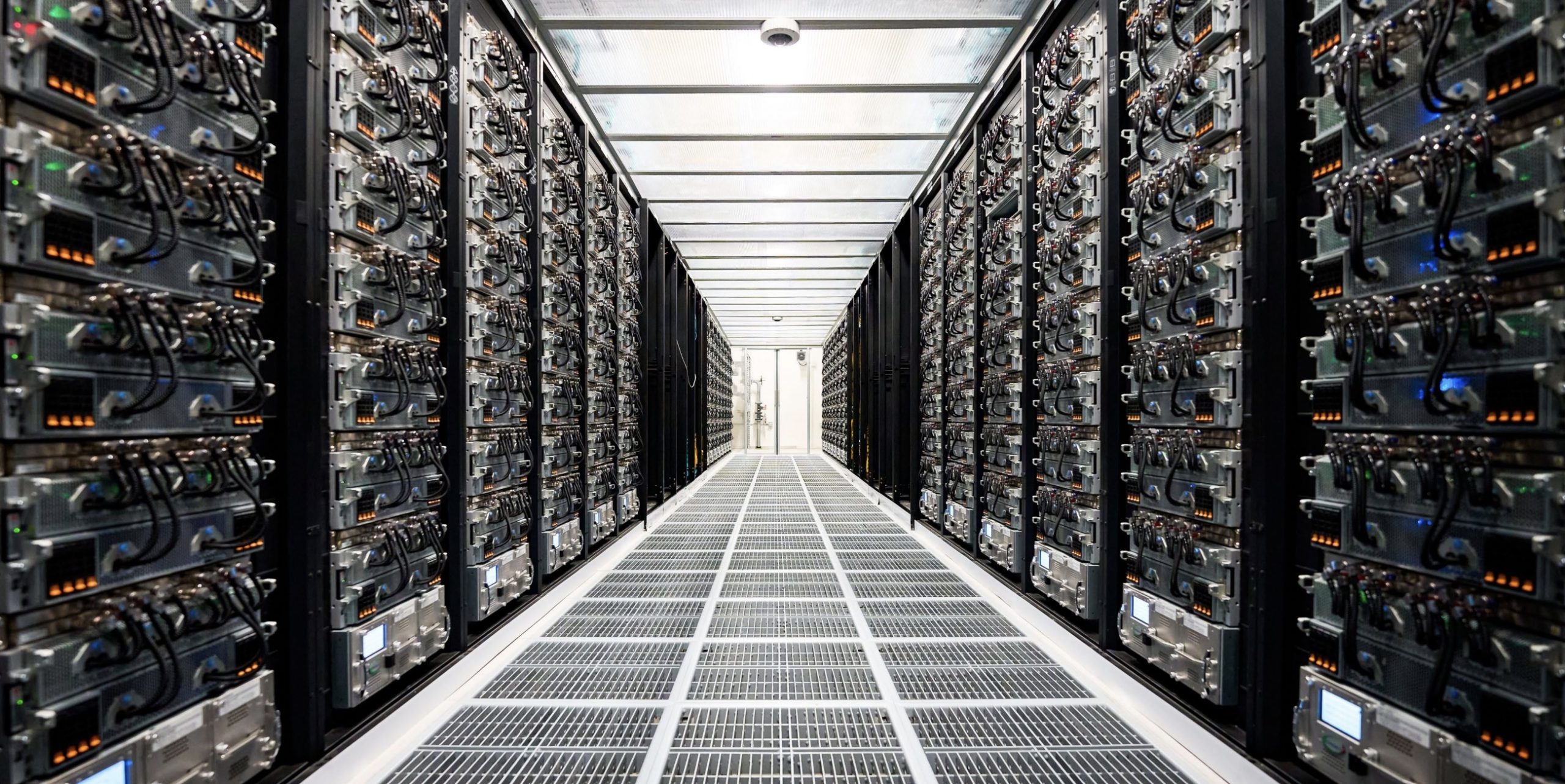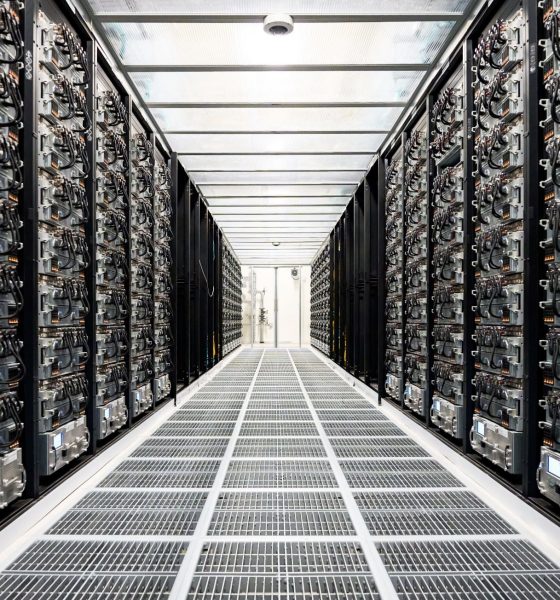Tesla’s (NASDAQ:TSLA) Q4 and FY 2024 earnings call comes on the heels of the company’s Q4 and FY 2024 Update Letter, which was released after the closing bell on January 29, 2025.
Tesla’s Q4 2024 results:
- Earnings Per Share (GAAP): $0.66 per share
- Earnings Per Share (Non-GAAP): $0.73 per share
- Operating Income: $7.1 billion GAAP; $7.1 billion GAAP net income in 2024; $2.3 billion in Q4 including $0.6 billion mark-to-market gain on digital assets.
- Total Revenues: $25.7 billion
- Total Automotive Revenues: $19.80 billion
Q4 & FY 2024 Earnings Call at 4:30pm CT today https://t.co/uFCg69a6tN— Tesla (@Tesla) January 29, 2025
The following are live updates from Tesla’s Q4 and FY 2024 earnings call. I will be updating this article in real-time, so please keep refreshing the page to view the latest updates on this story. The first entry starts at the bottom of the page.
17:41 CT – And that closes Tesla’s Q4 and FY 2024 earnings call! Thanks so much for joining us, and see you next quarter!
17:40 CT – Dan Levy of Barclays asks about Trump’s anti-EV mandate and Elon Musk’s view on it. The CEO noted that at this point, sustainable transport is inevitable. “At this point I think sustainable transport is inevitable. You can’t stop the advent of electric cars. It’s gonna happen. The only thing holding back electric cars is range, and that is a solved problem,” Musk said.
17:37 CT – Pierre Ferragu of New Street Research asked about Tesla’s plans to deploy robotaxis on June. He wonders if he can drive down to Texas in June to test it. Musk said sure, and at the time, Tesla would be using its own fleet for its initial autonomous ride-hailing program. Cars won’t be from individual owners.
Musk also predicts that Tesla owners will be able to add car their cars to the robotaxi fleet by next year.
Tesla is also working toward FSD Unsupervised which will allow people to check their emails, texts, etc., while the vehicle is in motion, but the company is very cautious. Tesla has seen that people are turning off FSD Unsupervised to check their texts.
17:30 CT – Adam Jonas of Morgan Stanley asked if Elon Musk still does not believe in Lidar. Elon Musk says he still does not. “Obviously, humans drive without shooting lasers out of their eyes,” Musk joked. He also explained that he is not anti-Lidar per se. He’s just anti-Lidar when it comes to autonomous cars.
17:25 CT – As for FSD in China, Musk noted that training videos in China cannot be exported out. Tesla figuring out how to train FSD Unsupervised in China. One of the challenges is bus lanes, which are very complex in China.
“Hopefully, we can have Unsupervised FSD in other countries next year,” Musk said.
17:18 CT – Analyst questions start with Bernstein. He asks Elon Musk about what he is doing to push Tesla’s management team to accelerate the company’s programs. Musk noted that Tesla is working on perfecting real-world AI. “I spend a lot of time with the Tesla AI team and the Tesla Optimus team,” he said.
Musk noted that there are many challenges with Optimus and vehicle autonomy, but the pieces are there. He predicts Europe will be a challenge for FSD Unsupervised. FSD Unsupervised is expected to be presented to the EU in the Netherlands in May, with a release probably next year.
17:15 CT – A question about HW3 vehicles was asked. Tesla noted that the company is not giving up on HW3. Tesla is still working on HW3 but updates will trail HW4 releases.
“We are going to have to upgrade Hardware 3 for people who bought FSD. That’s the honest answer. It’s going to be painful and difficult but that’s what we’re going to have to do,” Musk admitted.
Another question was asked if Tesla has given up on Solar Roof. Tesla noted that it has not. Musk noted that Tesla has found growth by distributing Solar Roof to the roofing industry.
17:14 CT – Another question is asked, this time about the Tesla Semi and how it will affect revenue and scale. Tesla noted that preparations for production are ongoing, and that production is expected to start late this year from Reno. He also thinks the Semi will be incredibly valuable with FSD Unsupervised.
Musk noted that the United States actually has a shortage of truck drivers. And truck drivers are human, so they get tired. “I have a lot of respect for truck drivers, because it’s a tough job,” Musk said.
He noted that more people are leaving trucking than those entering it. With this in mind, autonomy is extremely important. “It’s a several billion-a-year opportunity,” Musk said. That said, the CEO also noted that “all of this is gonna pale in comparison to Optimus.”
17:10 CT – Musk reiterated that Optimus will be used at Tesla factories first, doing tedious tasks that no one wants to do.
Optimus production Version 2–maybe starting mid-next year–will be designed for 10,000 units a month vs 1,000 units a month. Version 3 is for 100,000 units per month, and with Version 2, Optimus robots may be delivered to other companies.
“Demand will not be a problem, even at a high price,” Musk said. He also noted that at one million units per year, Optimus’ production costs will be around or less than $20,000.
17:04 CT – Another investor question asked if Optimus is designed locked. Musk noted that Optimus is not design-locked at all. However, the CEO noted that “it is rapidly evolving in a good direction.” Musk also noted that other companies are missing real-world AI and manufacturing capabilities.
17:03 CT – The next investor question asked if other carmakers are interested in licensing FSD. Elon Musk confirmed that yes, they are. “What we’re seeing is at this point is significant interest in licensing FSD,” the CEO noted. But before FSD is licensed, Tesla has to reach unsupervised FSD first.
17:01 CT – Investor questions begin. The first is about unsupervised FSD’s release. Musk noted that he believes unsupervised FSD in California and Texas this year, with many more regions at the end of 2025.
“We’re looking for a safety level that is significantly safer than a human driver,” Musk said. “The only thing holding us back is an excess in caution,” Musk said.
17:00 CT – The CFO noted that Tesla’s growth came from Megapack and Powerwall. Both continue to be production-constrained, which will hopefully be relieved by China, whose Shanghai Megafactory is producing Megapacks. Tariffs, however, are very likely, Tesla’s CFO noted.
16:58 CT – Tesla’s CFO takes the stage. He credits the Tesla team for its performance in Q4. He also discussed some milestones, such as record deliveries in the Greater China market, which is extremely competitive.
Cost reduction continues as well, despite increased depreciation and other costs as the company prepared for the new Model Y. Overall cost per car now down below $35,000.
The new Model Y will be produced in all factories supporting the vehicle starting next month. This is unprecedented in Tesla history.
He notes that Tesla is also on track to release a more affordable model in the first half of 2025, and there will be more models from there.
16:54 CT – Elon Musk predicts increased demand in energy business. That said, he does admit that Tesla always has to allocate its battery supply. “2025 is really a pivotal year for Tesla. It might be viewed as the most important year in Tesla history,” Musk said.
16:50 CT – Elon, however, admitted that he’s making insane predictions. He cautions that his predictions aren’t necessarily precise. That said, the target is to make 10,000 Optimus robots this year. Elon is confident that Tesla can produce a few thousand this year, with a goal to ramp Optimus production every year.
Optimus’ capabilities are expected to be very impressive. Musk notes that Optimus would be able to play the piano or thread a needle. That’s how precise its hands would be. “Optimus will be able to play the piano and be able to thread a needle,” Musk said.
16:48 CT – Tesla expects to launch Unsupervised FSD as a service in Austin in June. Musk noted that Tesla’s unsupervised FSD system is already working very well in the company’s factories.
“The cars aren’t just driving to the same spot. The cars are programmed to a lane” or a destination parking spot for pick up from customers. Teslas will be in the wild–with no one in them–in Austin in June,” Musk said.
16:45 CT – Musk noted that Tesla’s current constraints are battery packs for now. “Things are going to ballistic next year…and ’27, and ’28,” he said.
Musk also stated that the training needs for the Optimus robot is 10x what’s needed for a car. A humanoid robot, however, probably has 1000 more uses than a car.
“We live at this unbelievable inflection point in history,” Musk said.
16:40 CT – “I know I’ve been called the boy who cried wolf. I’m telling you, there’s a damn wolf this time. It can drive you,” Musk joked, discussing FSD and his past failed predictions about when unsupervised FSD will be ready.
He also highlighted that while FSD behaved like a neophyte driver before, it won’t be like that forever.
“The only people who are skeptical are those who haven’t tried it (FSD),” he said. He also highlighted the potential of the Tesla Network. “It works fine in the US, and of course, it will work just well anywhere else. The reality of autonomy is upon us,” Musk added.
16:38 CT – Elon takes the stage. He states that Tesla ended the year with a run rate of 2 million cars per year. The Model Y was the world’s best-selling car again in 2024. He shares an optimistic outlook on Tesla’s autonomy program.
“Autonomy is 10X-ing,” Musk said, adding that he still sees a path toward Tesla becoming the world’s most valuable company by a mile. “There’s a path to that,” he said.
Musk noted that Tesla laid the groundwork for autonomous cars and robots in 2024, and these efforts will continue in 2025. “This will set up what I think will be an epic 2026 and a ridiculously good 2027 and 2028,” Musk said.
16:34 CT – Here we go! Tesla’s IR announces that Tesla CEO Elon Musk and a number of executives are present at the call.
16:30 CT – It’s time! It won’t be surprising if Tesla starts a bit late. That being said, there will probably be quite a number of interesting discussions in this call.
Just recently, Tesla posted the first video of its FSD Unsupervised system working in the Fremont Factory. That’s a very big deal.
16:25 CT – Hello, and happy earnings day to everyone! Tesla missed some of Wall Street’s expectations, but TSLA stock seems to be doing pretty well in today’s after-hours. It’s up about 2.3% as of writing.
As always, this might be a very interesting earnings call.
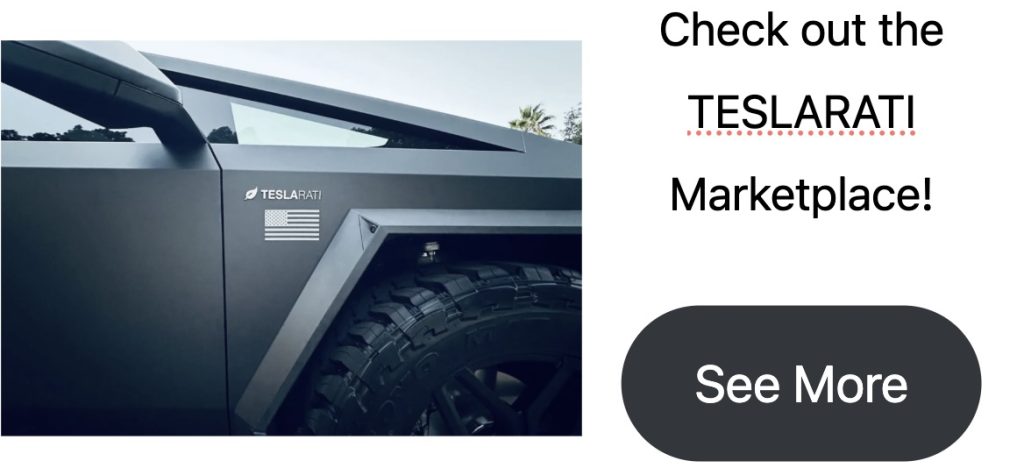
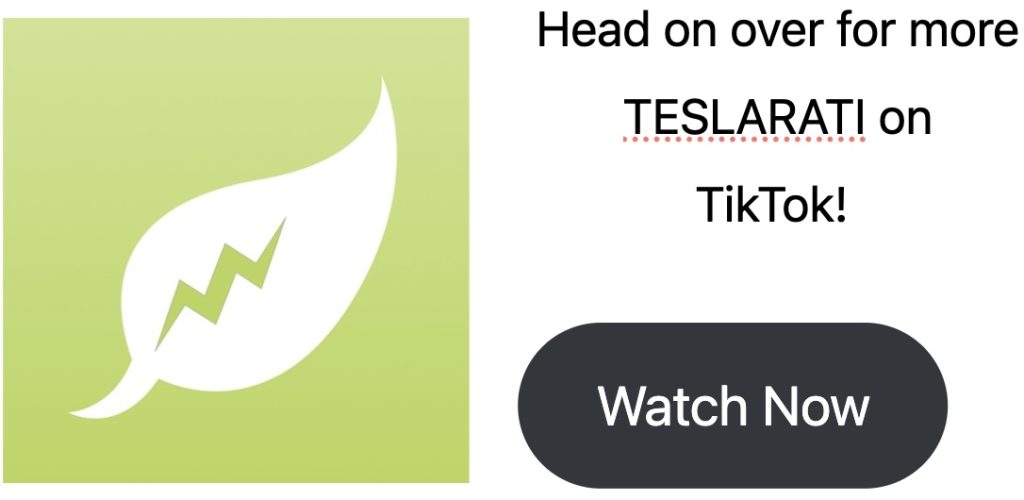
Don’t hesitate to contact us with news tips. Just send a message to simon@teslarati.com to give us a heads up.

Investor's Corner
Tesla analyst maintains $500 PT, says FSD drives better than humans now
The team also met with Tesla leaders for more than an hour to discuss autonomy, chip development, and upcoming deployment plans.

Tesla (NASDAQ:TSLA) received fresh support from Piper Sandler this week after analysts toured the Fremont Factory and tested the company’s latest Full Self-Driving software. The firm reaffirmed its $500 price target, stating that FSD V14 delivered a notably smooth robotaxi demonstration and may already perform at levels comparable to, if not better than, average human drivers.
The team also met with Tesla leaders for more than an hour to discuss autonomy, chip development, and upcoming deployment plans.
Analysts highlight autonomy progress
During more than 75 minutes of focused discussions, analysts reportedly focused on FSD v14’s updates. Piper Sandler’s team pointed to meaningful strides in perception, object handling, and overall ride smoothness during the robotaxi demo.
The visit also included discussions on updates to Tesla’s in-house chip initiatives, its Optimus program, and the growth of the company’s battery storage business. Analysts noted that Tesla continues refining cost structures and capital expenditure expectations, which are key elements in future margin recovery, as noted in a Yahoo Finance report.
Analyst Alexander Potter noted that “we think FSD is a truly impressive product that is (probably) already better at driving than the average American.” This conclusion was strengthened by what he described as a “flawless robotaxi ride to the hotel.”
Street targets diverge on TSLA
While Piper Sandler stands by its $500 target, it is not the highest estimate on the Street. Wedbush, for one, has a $600 per share price target for TSLA stock.
Other institutions have also weighed in on TSLA stock as of late. HSBC reiterated a Reduce rating with a $131 target, citing a gap between earnings fundamentals and the company’s market value. By contrast, TD Cowen maintained a Buy rating and a $509 target, pointing to strong autonomous driving demonstrations in Austin and the pace of software-driven improvements.
Stifel analysts also lifted their price target for Tesla to $508 per share over the company’s ongoing robotaxi and FSD programs.
Investor's Corner
Tesla wins $508 price target from Stifel as Robotaxi rollout gains speed
The firm cited meaningful progress in Tesla’s robotaxi roadmap, ongoing Full Self-Driving enhancements, and the company’s long-term growth initiatives.
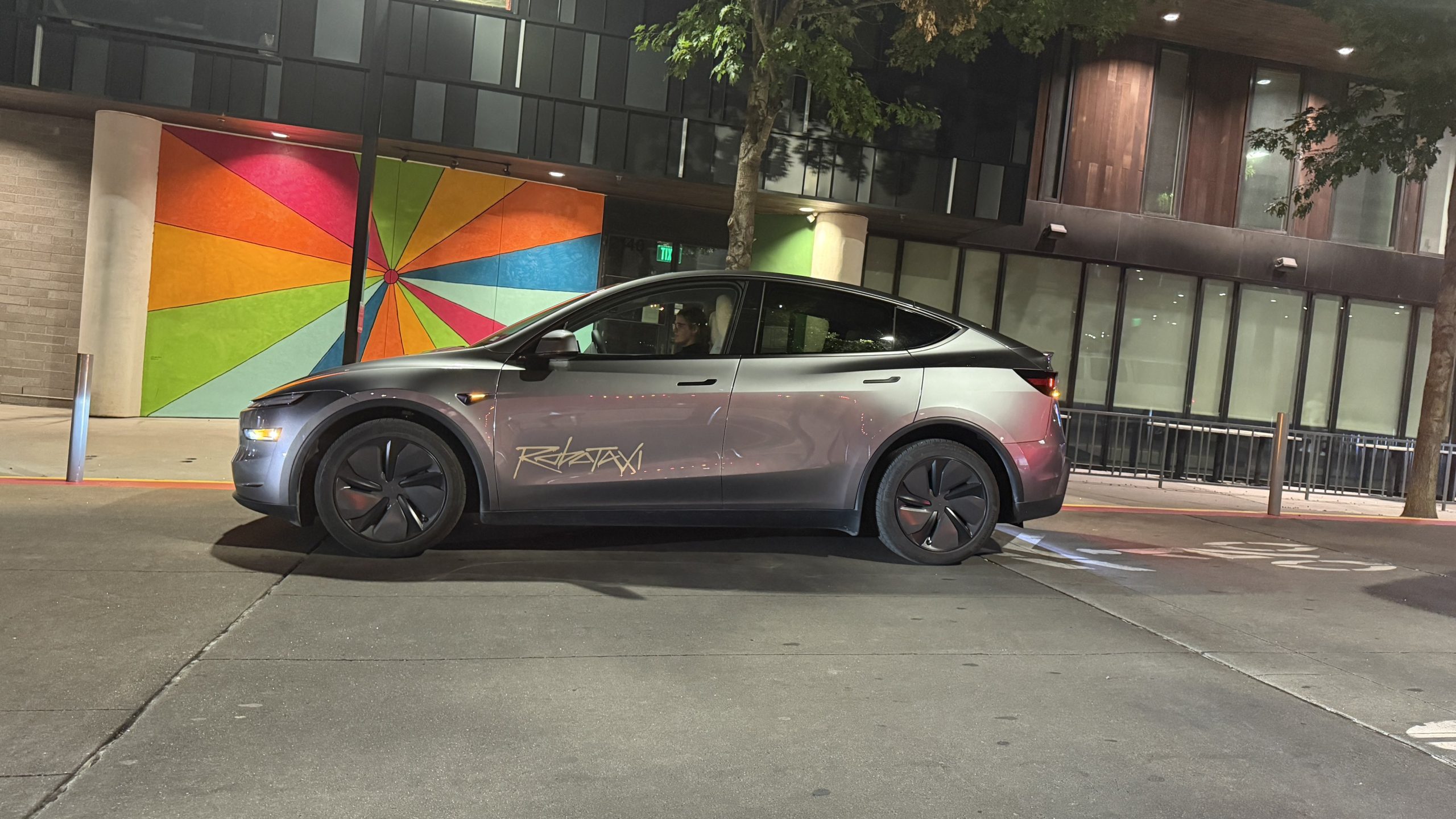
Tesla received another round of bullish analyst updates this week, led by Stifel, raising its price target to $508 from $483 while reaffirming a “Buy” rating. The firm cited meaningful progress in Tesla’s robotaxi roadmap, ongoing Full Self-Driving enhancements, and the company’s long-term growth initiatives.
Robotaxi rollout, FSD updates, and new affordable cars
Stifel expects Tesla’s robotaxi fleet to expand into 8–10 major metropolitan areas by the end of 2025, including Austin, where early deployments without safety drivers are targeted before year-end. Additional markets under evaluation include Nevada, Florida, and Arizona, as noted in an Investing.com report. The firm also highlighted strong early performance for FSD Version 14, with upcoming releases adding new “reasoning capabilities” designed to improve complex decision-making using full 360-degree vision.
Tesla has also taken steps to offset the loss of U.S. EV tax credits by launching the Model Y Standard and Model 3 Standard at $39,990 and $36,990, Stifel noted. Both vehicles deliver more than 300 miles of range and are positioned to sustain demand despite shifting incentives. Stifel raised its EBITDA forecasts to $14.9 billion for 2025 and $19.5 billion for 2026, assigning partial valuation weightings to Tesla’s FSD, robotaxi, and Optimus initiatives.
TD Cowen also places an optimistic price target
TD Cowen reiterated its Buy rating with a $509 price target after a research tour of Giga Texas, citing production scale and operational execution as key strengths. The firm posted its optimistic price target following a recent Mobility Bus tour in Austin. The tour included a visit to Giga Texas, which offered fresh insights into the company’s operations and prospects.
Additional analyst movements include Truist Securities maintaining its Hold rating following shareholder approval of Elon Musk’s compensation plan, viewing the vote as reducing leadership uncertainty.
@teslarati Tesla Full Self-Driving yields for pedestrians while human drivers do not…the future is here! #tesla #teslafsd #fullselfdriving ♬ 2 Little 2 Late – Levi & Mario
Investor's Corner
Tesla receives major institutional boost with Nomura’s rising stake
The move makes Tesla Nomura’s 10th-largest holding at about 1% of its entire portfolio.

Tesla (NASDAQ:TSLA) has gained fresh institutional support, with Nomura Asset Management expanding its position in the automaker.
Nomura boosted its Tesla holdings by 4.2%, adding 47,674 shares and bringing its total position to more than 1.17 million shares valued at roughly $373.6 million. The move makes Tesla Nomura’s 10th-largest holding at about 1% of its entire portfolio.
Institutional investors and TSLA
Nomura’s filing was released alongside several other fund updates. Brighton Jones LLC boosted its holdings by 11.8%, as noted in a MarketBeat report, and Revolve Wealth Partners lifted its TSLA position by 21.2%. Bison Wealth increased its Tesla stake by 52.2%, AMG National Trust Bank increased its position in shares of Tesla by 11.8%, and FAS Wealth Partners increased its TSLA holdings by 22.1%. About 66% of all outstanding Tesla shares are now owned by institutional investors.
The buying comes shortly after Tesla reported better-than-expected quarterly earnings, posting $0.50 per share compared with the $0.48 consensus. Revenue reached $28.10 billion, topping Wall Street’s $24.98 billion estimate. Despite the earnings beat, Tesla continues to trade at a steep premium relative to peers, with a market cap hovering around $1.34 trillion and a price-to-earnings ratio near 270.
Recent insider sales
Some Tesla insiders have sold stock as of late. CFO Vaibhav Taneja sold 2,606 shares in early September for just over $918,000, reducing his personal stake by about 21%. Director James R. Murdoch executed a far larger sale, offloading 120,000 shares for roughly $42 million and trimming his holdings by nearly 15%. Over the past three months, Tesla insiders have collectively sold 202,606 shares valued at approximately $75.6 million, as per SEC disclosures.
Tesla is currently entering its next phase of growth, and if it is successful, it could very well become the world’s most valuable company as a result. The company has several high-profile projects expected to be rolled out in the coming years, including Optimus, the humanoid robot, and the Cybercab, an autonomous two-seater with the potential to change the face of roads across the globe.
@teslarati Tesla Full Self-Driving yields for pedestrians while human drivers do not…the future is here! #tesla #teslafsd #fullselfdriving ♬ 2 Little 2 Late – Levi & Mario
